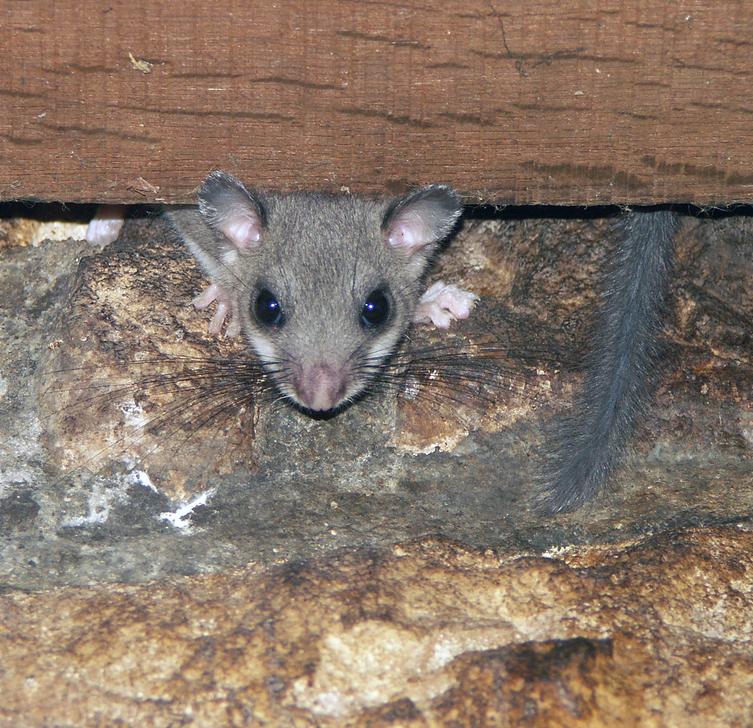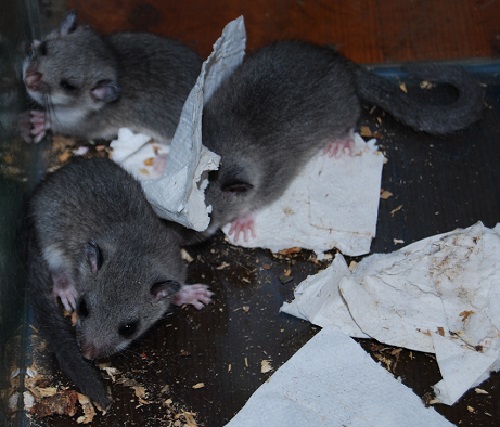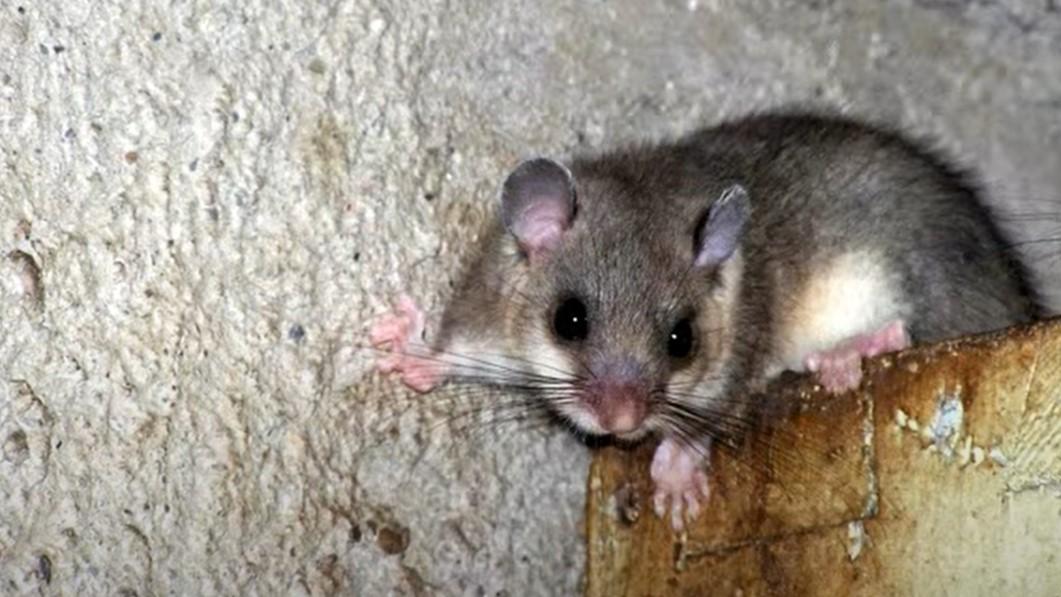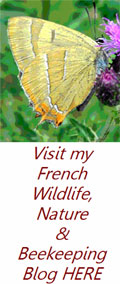Edible or Fatty dormouse
Myolux Glis / Glis Glis
Loir gris
The Loir is the largest of the European Dormice
with fur that is grey or grey / brown with white fur underneath, a grey bushy tail, large ears with eyes that are round and dark in colour. Their overall length is 25cm to 34cm with body and tail being of approximately equal length.
Found in most of France except the Atlantic coastal regions and Brittany where they occupy a wide range of habitats, forests, copses, hedgerows, parks, orchards and buildings. They are excellent climbers with a potential territorial range of about 4 square kilometres although in practice they usually remain within about 200 metres of their nest site.
Mainly nocturnal with a diet consisting mostly of seeds, fruits, nuts and grains although they will also eat insects and fungi and there is some suggestion that bird eggs may be occasionally taken.
Their nest is usually oval, about 15cm in diameter
They have true hibernation
They can be the cause of great concern
English language users
in France should not confuse either the Loir or the Lérot with the Hazel dormouse Muscardinus Avellanarius (Muscardin) which is the only Gliridae (or Dormouse) that has full protection status in France.







